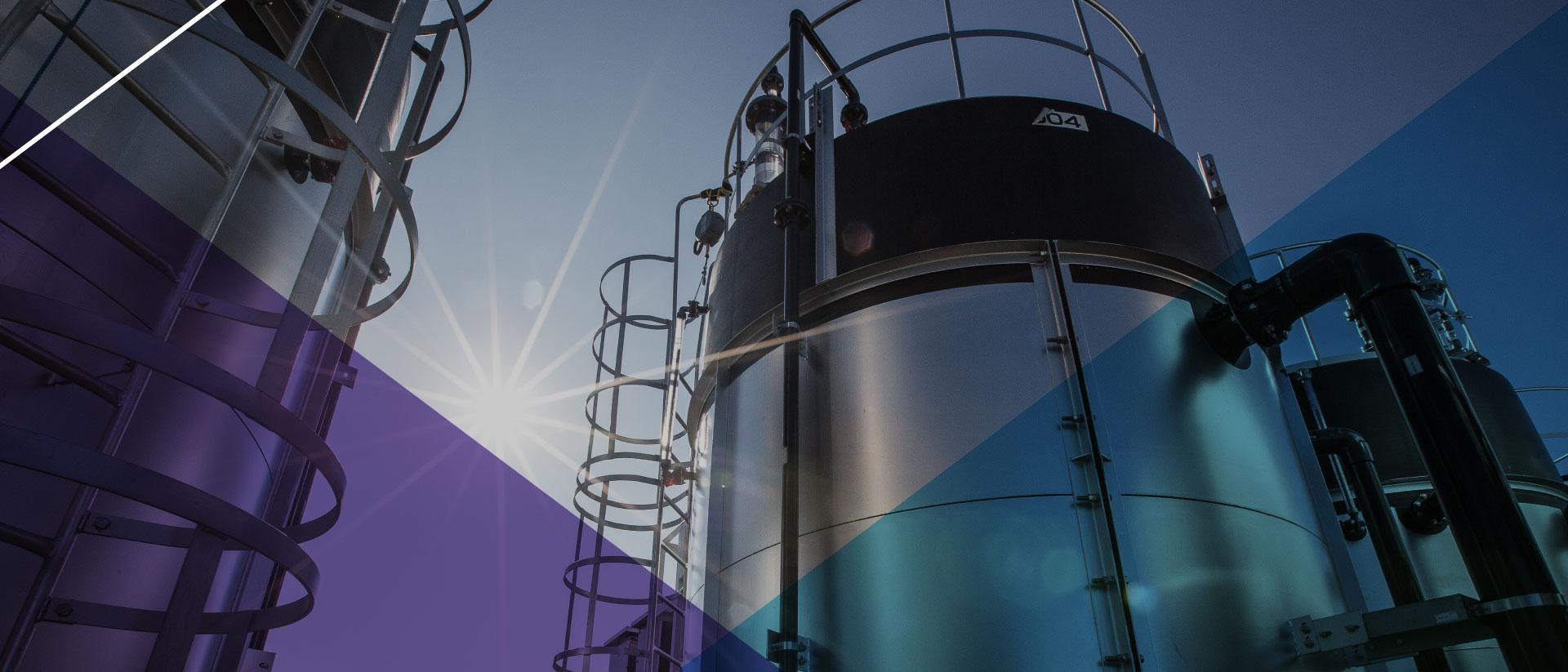
How VRFB Technology Works
Vanadium redox flow batteries (VRFBs) represent a revolutionary step forward in energy storage technology. Offering unmatched durability, scalability, and safety, these batteries are a key solution for renewable energy integration and long-duration energy storage.
Definition & Explanation
VRFBs are a type of rechargeable battery that stores energy in liquid electrolytes. Unlike traditional batteries that store energy in solid-state materials, VRFBs use separate tanks of liquid electrolytes, allowing for scalable energy storage and a longer operational lifespan. These systems are particularly effective for large-scale applications such as grid stabilization and renewable energy integration.
How It Works
This video shows how a VRFB works:
Charging: External power triggers chemical reactions, storing energy in the electrolyte through ion movement
Storage: Charged electrolyte is kept in tanks, maintaining energy for long periods
Discharging: When needed, the electrolyte flows through cells, converting stored chemical energy back to electricity
To see this process in action, watch our informative video below!

